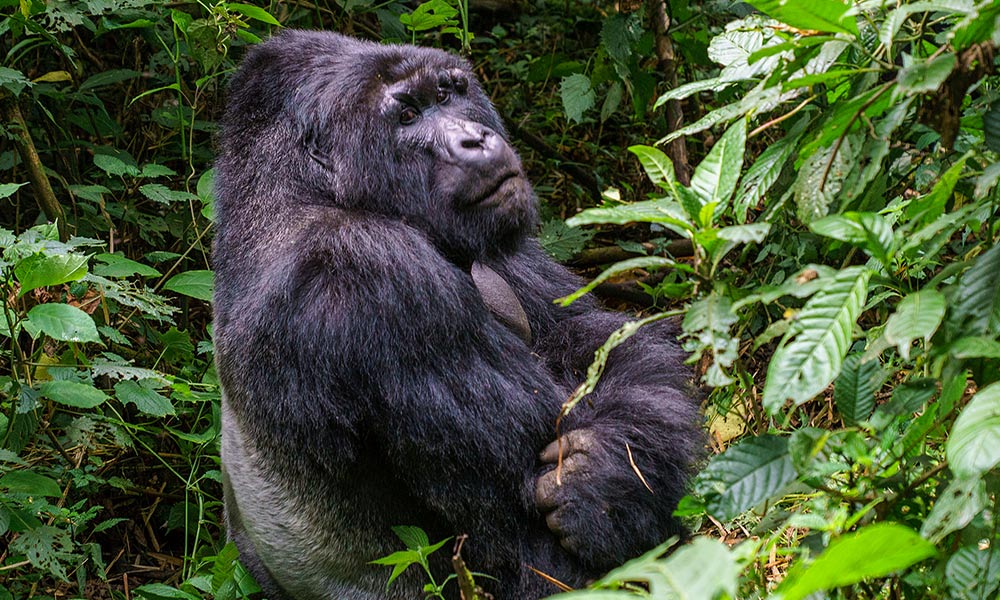The taxonomic class Arachnida includes the spiders, scorpions, ticks and mites. Common characteristics of these animals are the joined head and thorax, called the cephalothorax, 8 legs, and biting mouthparts.
Scorpions – Scorpiones
The scorpions are amongst some of the oldest creatures on earth, with fossil records dating back to 400 million years ago, and they have remained largely unchanged since then.
Scorpions are extremely tough creatures, able to withstand incredibly high temperatures and even nuclear radiation. They can be submerged in water for up to 2 days, and they can be completely frozen and still walk away unharmed when thawed. It is possibly this invincible nature combined with an aggressive streak that has seen these animals through 400 million years of existence on our planet.
All scorpions are venomous and have very painful stings, but in Southern Africa only the Parabuthus and Hottentotus genera contain species that are deadly to humans. These species have potent neurotoxic venom, similar to that of snakes such as the mambas and cobras that affects the nervous system.
The general rule to identifying highly venomous scorpions is to look at its pincers (called pedipalps). If it has large, chunky pincers, it’s not a deadly species. If it has feeble, thin pincers, it may be extremely dangerous. Alternatively, look at its tail. If it has a thick tail, it is very dangerous.
Scorpions live in a variety of habitats, from burrows, trees, caves and rockeries to free living amongst foliage and logs. The rock scorpions are generally the most passive of the scorpion groups, with the free living scorpions containing some of the most dangerous species.
As a rule, stay away from all scorpions and never try to handle them. Most scorpions will sting with little or no provocation.
Spiders – Araneae
These creatures cause much concern to some humans, many of whom appear to have an irrational fear of them! Despite their creepy looks, there are only three species in Southern Africa that are potentially dangerous to humans – the button spider, the violin spider, and the six-eyed crab spider.
The spiders in Southern Africa are grouped into orthognathous and labidognathous species, the former being large, free living spiders that actively hunt, stalk or ambush their prey, with the latter being the web-spinners who wait for their prey to come to them.
Spider webs are made from silk, and the designs can be spectacularly complex. Even hatchlings can produce complex webs and this ability appears to be an innate genetic skill, and not something the spider learns. Generally, the adhesive parts of the web are replaced every 24 hours.
The myth that spider females eat their partners after copulation is untrue. On occasion a spider may approach another spider in error, mistaking it for its partner, and a fight will ensue with one spider killing and eating the other. In order to ensure this doesn’t happen, the web-spinning spiders have a special code amongst the species, whereby the male will tug at the web of the female in a particular pattern, and the female will respond if she is the correct species. Each species has its own unique ‘tug’ sequence.
Ticks and Mites – Acari
These tiny arachnids are responsible for causing a terrible amount of illness to humans, animals and even vegetation, as they are carriers and spreaders of disease. They are found in almost every habitat on earth, including the oceans.
In the bush there are numerous ticks that prey on both animals and humans, and some that are species specific and will prey only on animals such as rhino or elephant. They are all parasitic and attach themselves to their dinner host to drink the blood by biting the skin surface and injecting an anti-coagulant that keeps the blood flowing. This anti-coagulant can also contain whatever parasite the tick may be carrying, leading to illnesses such as tick bite fever in humans, caused by a type of bacterial parasite.
Some ticks locate their host by climbing up grass stems, and when the host brushes past, the tick is able to transfer itself to the unfortunate animal or person. Like mosquitoes, the ticks are able to detect the carbon dioxide emissions from their prey and they use the emissions to locate their meal. So if you are very good at holding your breath, you may be able to walk through the bush without getting bitten!








